
Many thoughts occur to you when in the company of the decidedly wonderful FL5, most notably how few you see coming the other way. In fact, I can’t recall a single one in seven days. This is understandable given its infamously punchy asking price: £51,905 is roughly twice what an EP3 cost even adjusted for inflation. Equally notable is the number of miles Honda’s UK press car has endured: nearly 14,000 at last count. Which, for a media-facing example of a current model, is a substantial amount. Presumably it goes out a lot. This is understandable, too.
Were we left entirely to our own devices, the FL5 would likely be a bi-monthly visitor to the PH office. In the same way that Autocar used to invite a Caterham Seven to its annual handling day every year as a kind of palette cleanser, so the Civic Type R would be repeatedly ushered back to remind us what an honest-to-goodness hot hatch feels like to drive. Not so long ago it had several prominent rivals to position as class leader; now, only the Ford Focus ST replicates the quintessential configuration of four-cylinder engine, manual gearbox, and front-wheel drive. And as we discovered this week, its production run is all but done.
This position at the end of the road alone would guarantee the FL5 a prominent place in our good books – and had the car’s inestimable qualities been summoned up from what seemed like nowhere (as Toyota did with the GR Yaris), our respect and admiration would be much the same. Yet the fact that it belongs not only to the wider Type R dynasty, but also one of the great hot hatch lineages – and was built in the UK for a significant period of time – earns it the kind of misty-eyed affection usually reserved for the final public appearance of national treasures. To call it a car to be thankful for doesn’t really begin to describe the CTR’s legacy in this country.

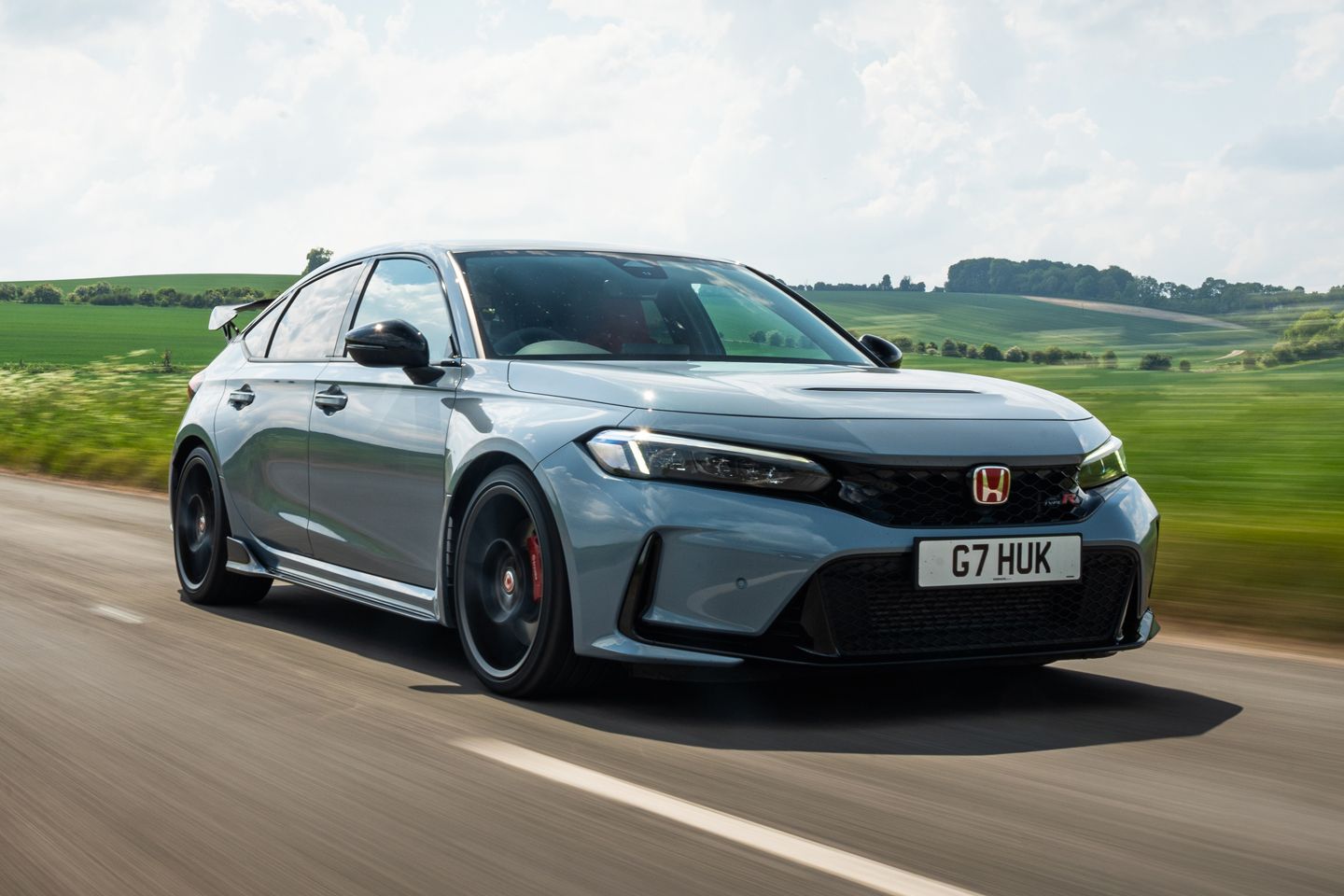
Or, indeed, to several generations of car enthusiasts. The model’s existence famously exceeds its 25 years of availability in the UK, though you hardly need to be long in the tooth to recall the brilliant reputation the EK9 forged from 6,000 miles away. Probably it was overshadowed by the grey import clamour for all things turbocharged and all-wheel drive in the late ‘90s, but the limited-edition Jordan left an impression on anyone lucky enough to sit in one – as did the God-like DC2 Integra Type R that also featured a hand-built VTEC’d B-series engine, and drove like no front-wheel-drive car ever had.
The obvious appetite for all things JDM was rewarded in 2001 with the home-baked EP3. Sure, it wasn’t quite as trick or as light as the EK9 (or quite as good as the version shipped back to Japan), but it was manufactured in Swindon and therefore very much ours by rights. Domestic production made it more affordable, too, and its slightly strange appearance didn’t prevent buyers from launching themselves at it with gusto. Handling sophistication well beyond the capabilities of the humble bread van would come in later years, yet much that is good about the FL5 can be traced back to the EP3 and the Type R blueprint it helped lay down.
It was sufficiently good that its successor, justifiably or not, never quite emerged from its shadow. The short-lived FK2 fixed the FN2’s chief limitation (insufficient power) by sullying its newly introduced K-series engine with a turbocharger. One imagines the Honda technicians doing this with the solemnness of Princess Anne opening a hospice, but, of course, it was the making of the modern-era CTR, combining the sugar rush of VTEC revs with the sort of mid-range thrust that buyers have come to expect in the real world. The new output, all 310hp of it, was sufficiently on the money for Honda to roll it over to the FK8, the generation that finally did away with the region-specific Civics in favour of a fits-all-holes global model.
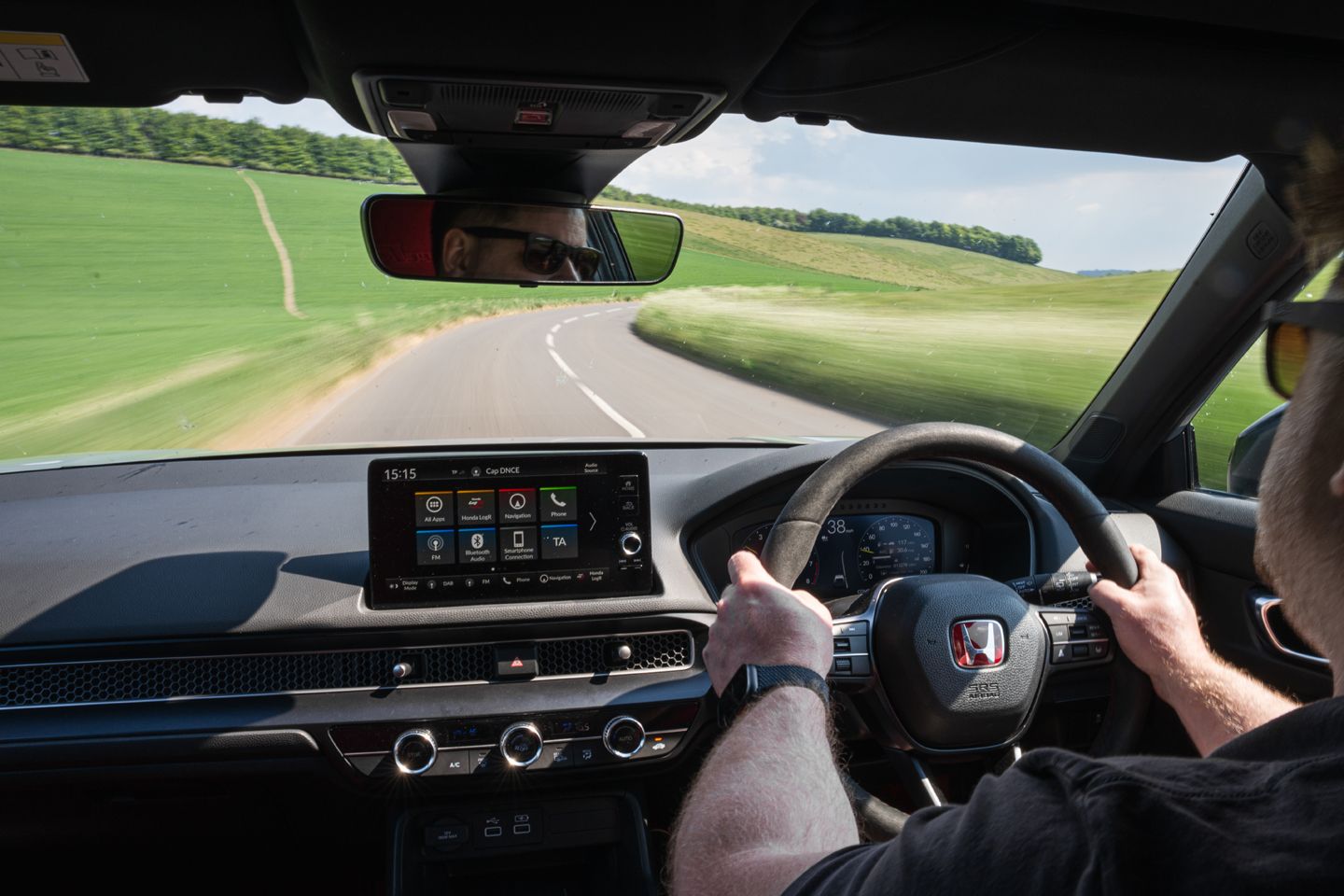
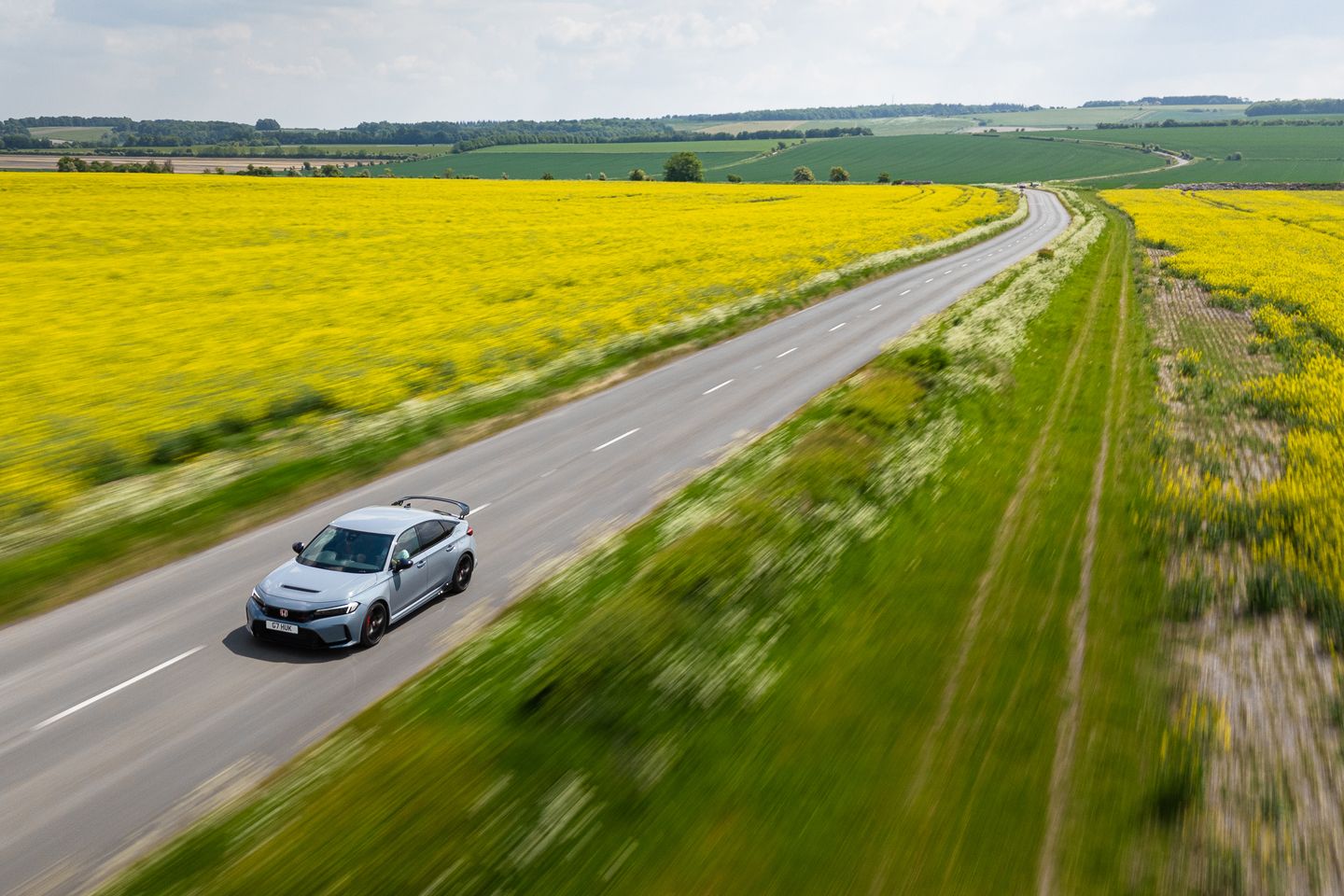
Accordingly – though you wouldn’t know it from the colossal rear wing or the lip-snarling air intakes – Honda had also attempted to absorb the lessons of the class-leading Mk7 Golf; the interior was purged of its swoopy dash and sticky-out gear lever, and finally seemed intended for adults. It drove that way too, with a level of comfort and usability that no EP3 owner would recognise. But this classier surface barely needed scratching for the Type R credentials to show; indeed, they were there all the time in meticulous control weights, sensational seats, and a knee-jerk impatience for any opportunity to downshift.
It was some achievement. The FK8 was the last CTR built in England, and the first to be officially available in North America. In seeking to globalise the model, Honda might have opted to water it down; instead, it added genuine bandwidth and didn’t let an increase in size handicap the harder edge that Type R customers had come to expect. It did not overcomplicate things either, and succeeded where the fourth-generation Megane R.S., also launched in 2017, failed. The FK8 did not need four-wheel steering or a dual-clutch gearbox to cement its class-leading status – in fact, its repudiation of such things was probably fundamental to its success.
And so it went with the FL5. Ostensibly, the car got even wider and longer, and because it’s what Honda assumed Americans wanted, plainer to look at – if you can call something with three tailpipes ‘plain’. Inside, it was even more grown-up, retaining its model-specific red seats, but adding a level of perceived quality hitherto never attempted, much of it brushed and well-ordered and cool to the touch. It was heavier than the FK8, though only marginally. And it carried over the K20C1 lump, albeit massaged for 330hp, and stoically retained the six-speed manual, obsessively fettled for even slicker shifts.
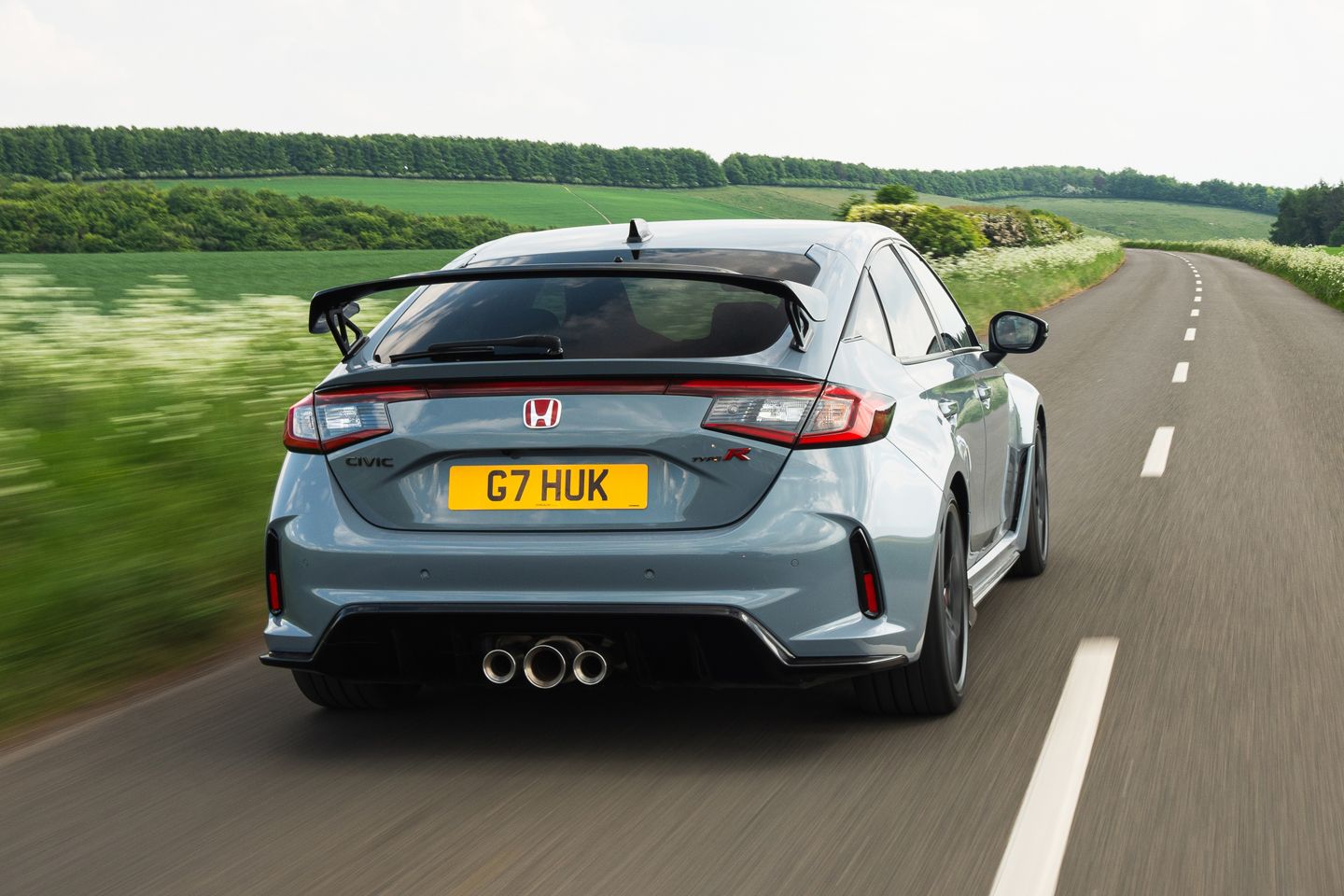
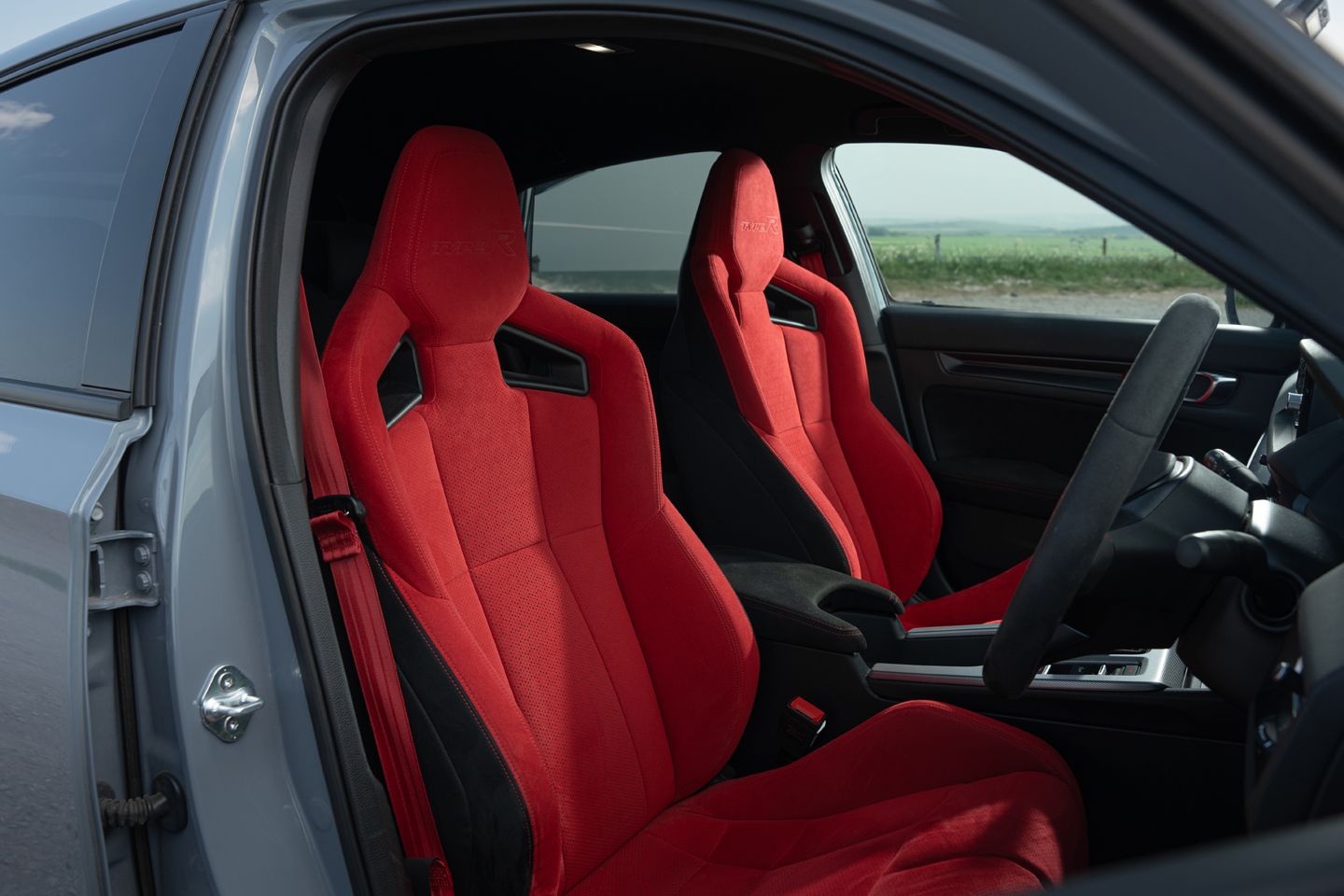
At the time, Honda faffed about with the reveal like it was the second coming of the F40, rather than the introduction of an incrementally different hot hatch – though had we realised then the scale of the halo that now appears over the car, we might have understood. Now, little more than two years on from the UK first drive, it is tempting to close one’s eyes the moment the driver’s door has clanked shut and silently give thanks to Honda for signing it off – not to mention preserving its place in a lineup that tends to regard excitement with the same disdainful look your nan might give to a pair of roller skates.
It is worth mentioning that not all this pent-up appreciation is based solely on how the car drives. Much else about it now exists in what seems like a late 20th-century bubble. Having aspired to the previous Golf’s meticulous layout, the Civic’s arrangement of physical switchgear now seems impeccable, and in stark contrast to the disappointing Mk8. The steering wheel is a perfect circle and clad in Alcantara. What screens there are do not aspire to be the centre of your attention; that’s the job of the perfectly positioned and pleasantly stubby gear lever. And the throwback four-pot it is mated to.
Operating both hardly ever stops being a pleasure. Most hot hatches these days, through no particular fault of their own (save for wanting to seem amenable), tend to do A-to-B ambling so convincingly and anonymously that you feel as though nothing short of an empty runway will permit you under the rubberised skin. Not so the Civic. Most everything that is sensational about it – the control surfaces, the damping, the endlessly elucidated contact with the road, the rev-hungry engine – is palpable from the first minute to the last, and at all speeds.
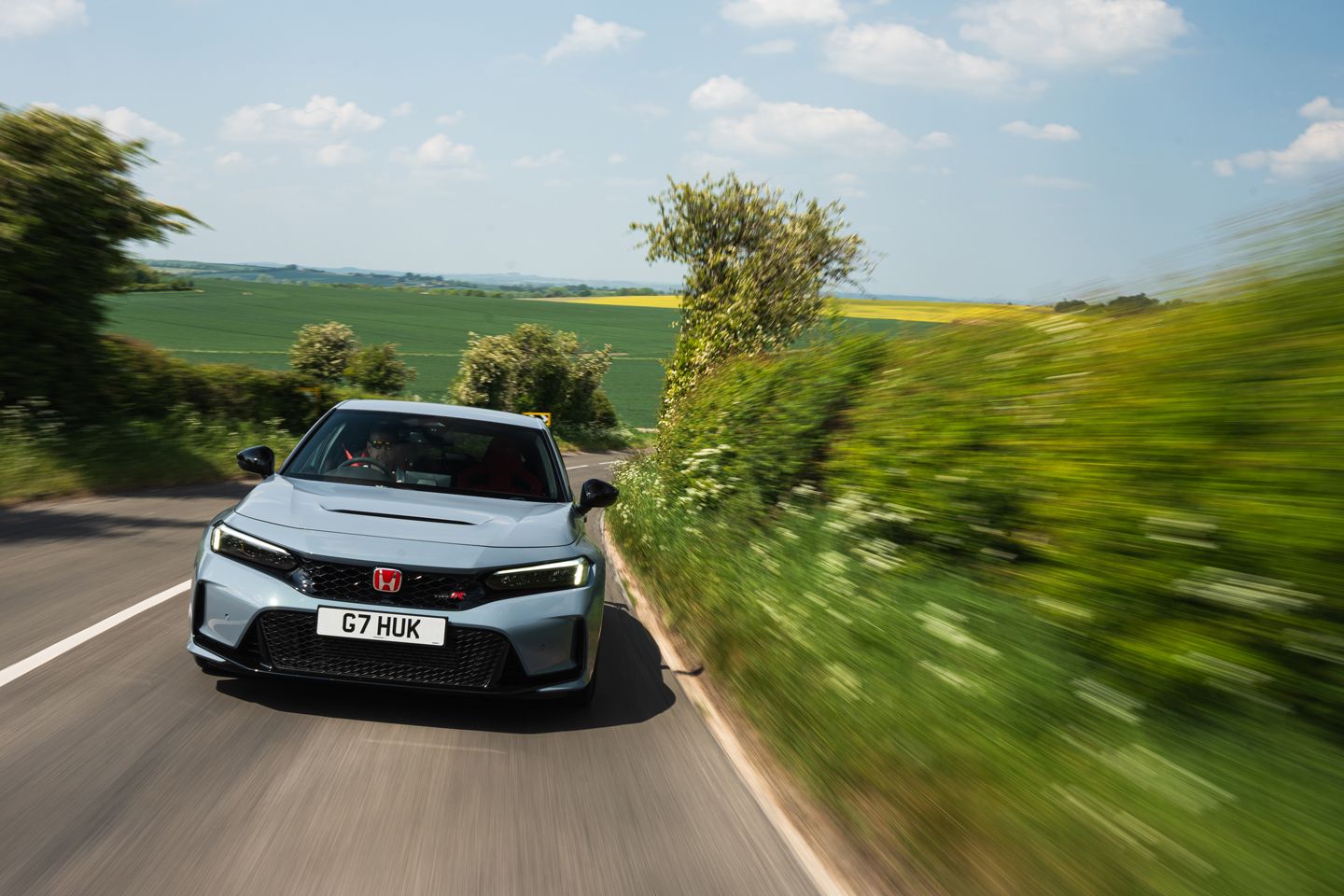

This much was evident from the start, and not dissimilar to the FK8. But with virtually no FWD competition left, it is genuinely hard in 2025 not to drive the FL5 like a middle-aged Tibetan monk, semi-lost to some maudlin state of bliss. The gearchange is just too satisfying, the ride too compliant, the engine too boisterous for you not to be willingly overcome by it all – and nor is it easy to resist asking yourself out loud why so few modern cars feel even half as good to drive. Your sense of being in control, obviously magnified by the manual but not limited to it, is entirely at odds with the sanitised alternatives available elsewhere.
Among hot hatches, only the Toyota GR Yaris holds a candle to the Civic’s acutely mechanical finesse, and truthfully it does not replicate the assuredness of the steering nor the fluid direction changes that result from engaging with it. Even the occasional struggle with so much mid-range torque isn’t a particularly notable issue; more often than not, you’ll blame yourself for being clumsy or else too used to imperturbable AWD systems. Ditto the Type R’s slightly over-egged R mode, which introduces sufficient vertical stiffness for you to start nodding like a dog on a parcel shelf. So deft is the car in Comfort, you rarely need the additional rigour – so when you do come to select it, knowingly, eyes on stalks, the nodding seems appropriate. Likewise, grinning.
You’ll do a lot of that. So much so that you might not even mind when the predicted fuel range dips alarmingly and you end up coasting into petrol stations for what seems like the umpteenth time. Of the many things to like about it, the fact that the FL5 turns the convenience of a modern-day hot hatch on its head – you absolutely could drive it everywhere like Hoke Colburn going to the shops, thereby sipping super-unleaded less aggressively, but you don’t, ever – is probably the one to cherish, because it speaks to the tyre-scrubbing, clutch-ruining, pant-wetting, last-fiver-in-the-tank era that it alone props up. Yes, the current Civic Type R is very expensive. But not for what it is. Priceless would be a better description.
SPECIFICATION | HONDA CIVIC TYPE R GT (FL5)
Engine: 1,996cc, four-cylinder turbo
Transmission: six-speed manual, front-wheel drive
Power (hp): 329 @ 6,500rpm
Torque (lb ft): 310 @ 2,200-4,000rpm
0-62mph: 5.4sec
Top speed: 170mph
Weight: 1,429kg
MPG: 34.4
CO2: 186g/km
Price: £51,905

